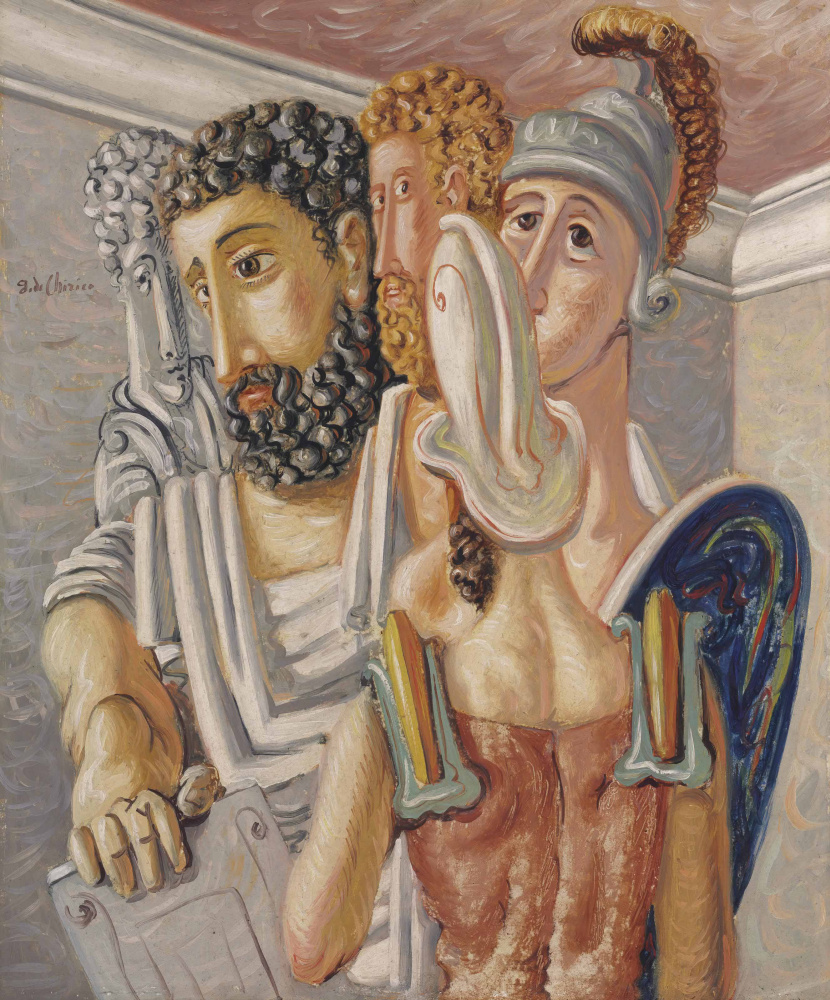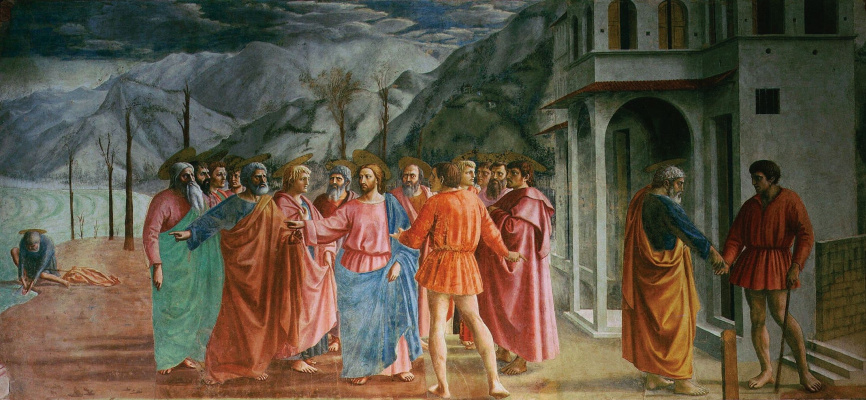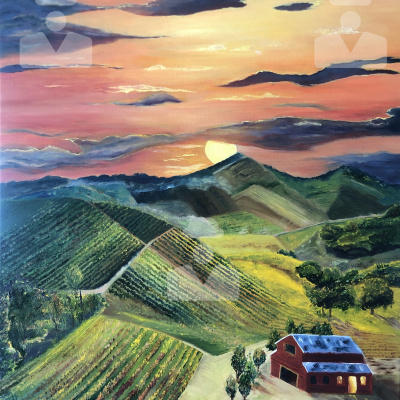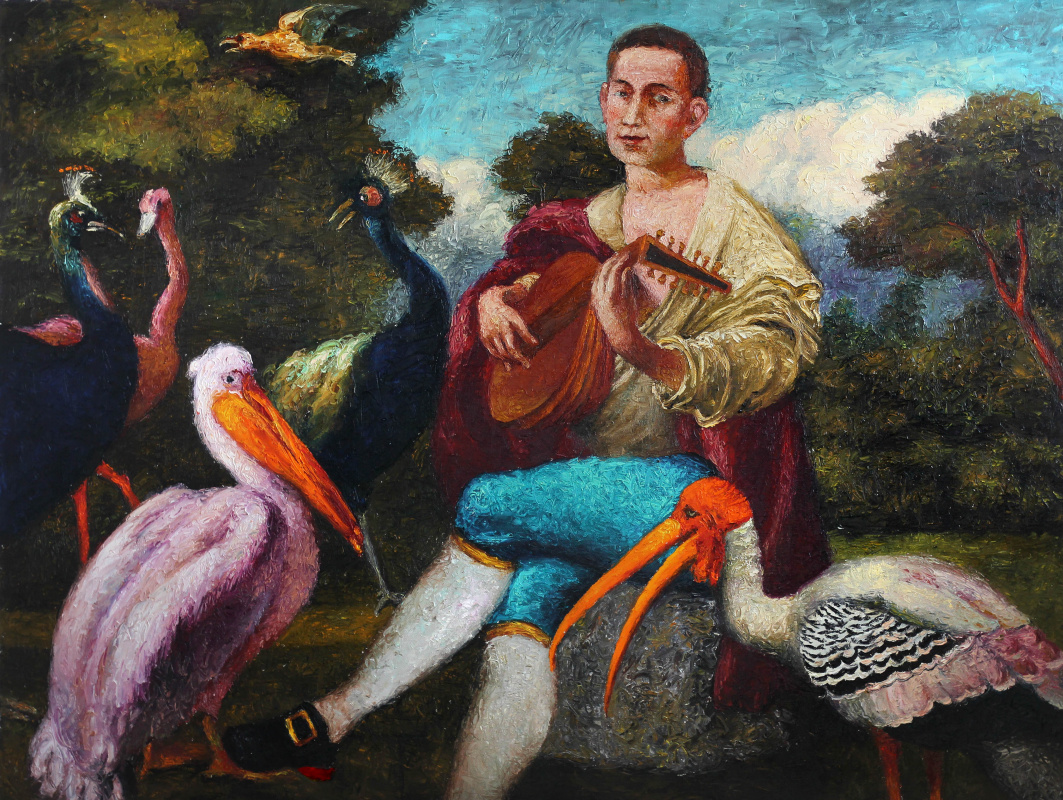The first painted anachronisms were created by the artists of the Renaissance
and early classicism
when they depicted historical and mythical characters, for example, gods and myth heroes, in modern clothes and furnishings. The modern course of anachronism, hyper-mannerism, originated in Italy in the late 1970s, and Giorgio de Chirico became its ideologist.
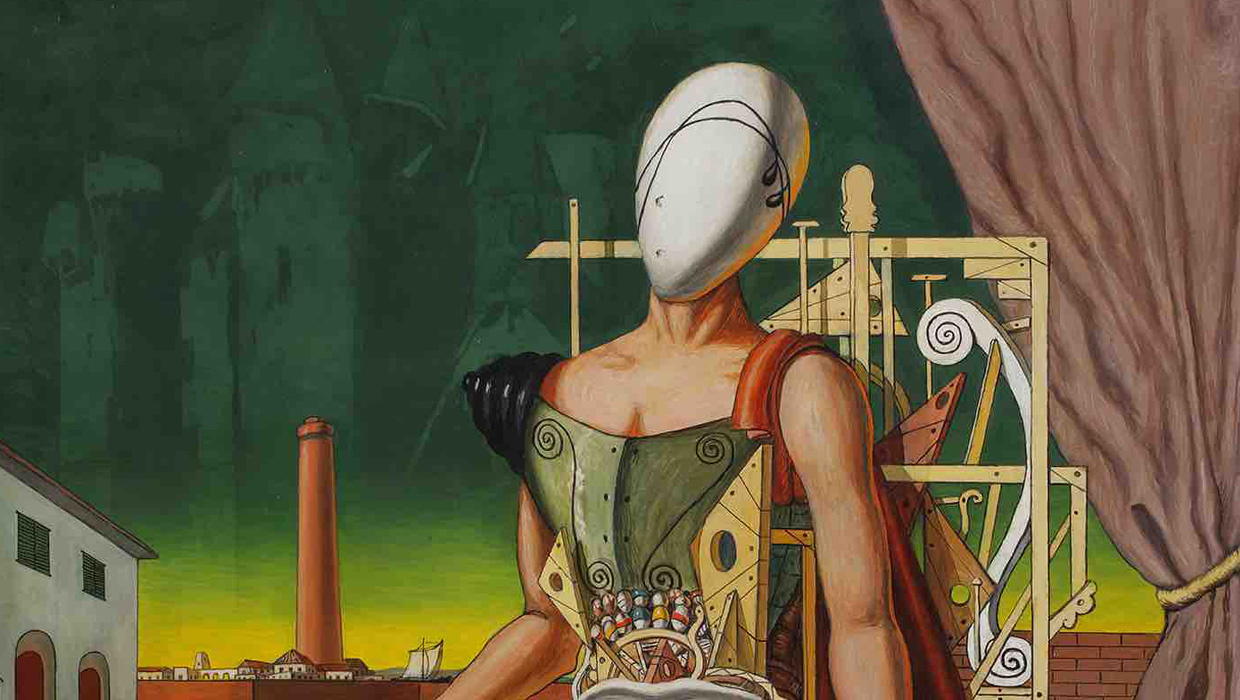
The term "anachronism" arose as the combination of the two Greek words: ana — back, against and chronos — time, and it refers to the assignment of an event, character, location to another time period that is different from the current one. In other words, anachronism in painting is a creative technique suggesting the actions or phenomena of the depicted historical moment be attributed to another time period.
Warriors and philosophers
1928, 63×53 cm
An example of a clear anachronism is the ministers' clothes in the painting 'The Tribute Money." Masaccio portrayed Christ and the apostles dressed in traditional clothes typical of the time being described. And the officers are dressed in the clothes that are modern for Masaccio himself — short camisoles and very tight trousers (however, to see them, perhaps you should visit the Brancacci Chapel, as their presence in the photo of the artwork is very implicit).
Brancacci Chapel. Miracle with a satir (The tribute money)
1425, 255×598 cm

Francisco Ribalta. "Saint Francis Embracing crucified Christ," 1620
On this canvas, Francisco Ribalta depicted the spiritual unity of St. Francis and Jesus Christ by applying the method of anachronism: the time period that separates the lives of the depicted subjects is about 12 centuries.
Modern anachronists (hyper-mannerists) take the ideas of their works from the works of the Renaissance
, Baroque
and Mannerism
artists, interpreting them in a new way. In their works, art quotes and parodies of the past centuries artists are clearly visible, as they are woven into a postmodern context. The works by hyper-mannerists are characterized by a critical analysis of historical artistic heritage from the standpoint of conceptual art.
The conceptual art quotes used by hyper-mannerists form the artist’s easily recognizable artistic style; for example, the works by Oleksandr Roitburd.
The bright modern representatives of this trend are Carlo Maria Mariani,, Omar Galliani, Luigi Ontani, Stefano di Stasio, Ubaldo Bartolini, Antonio Abbate, Jean Garouille.
The bright modern representatives of this trend are Carlo Maria Mariani,, Omar Galliani, Luigi Ontani, Stefano di Stasio, Ubaldo Bartolini, Antonio Abbate, Jean Garouille.






